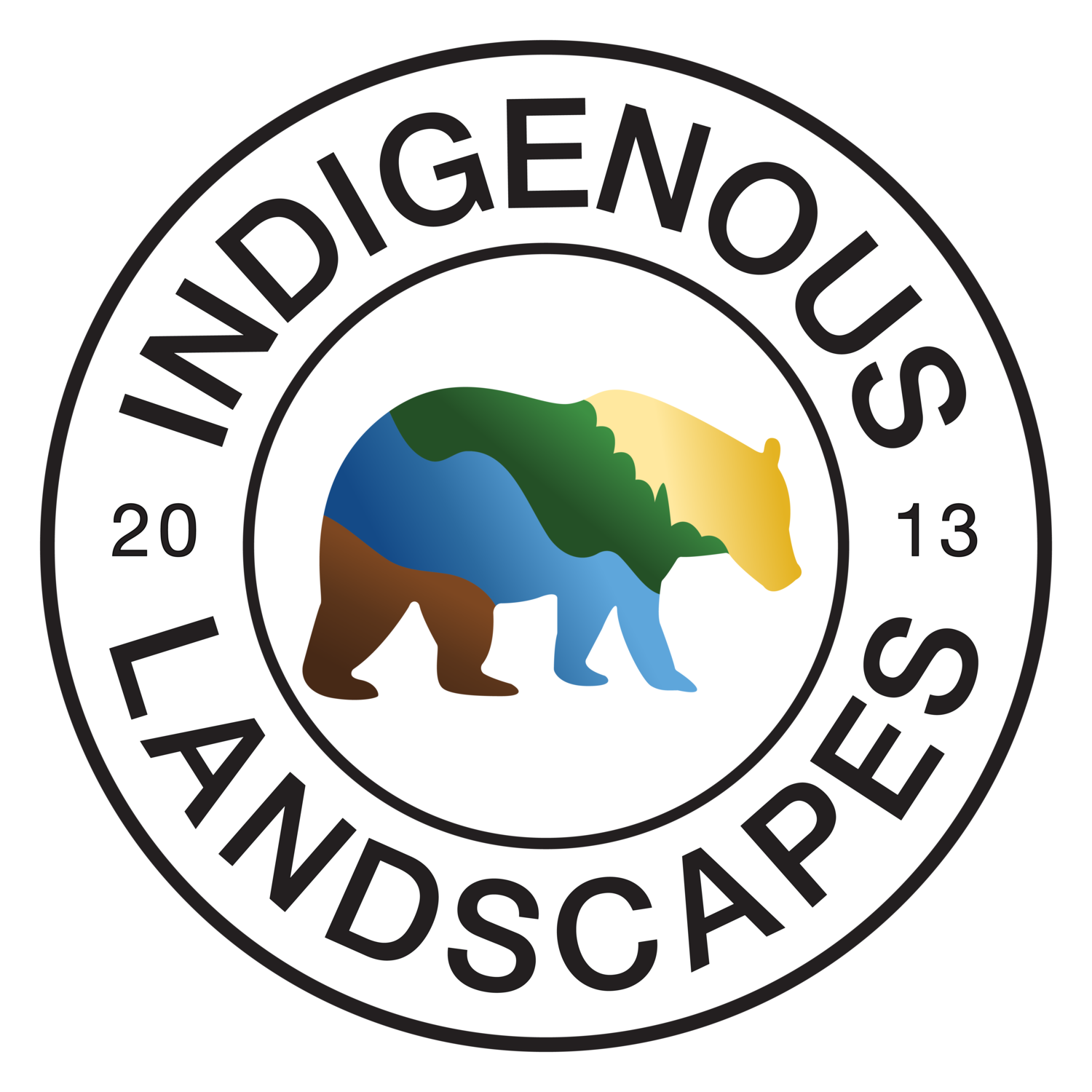Our Native Plant Agriculture book is now free in online format!
Native Plant Agriculture Vol. 1
Responding to Biodiversity Decline and Climate Change with Ecological Restoration
Online Book Overview
Native Plant Agriculture (NPA) is the implementing of edible native plants and native animals as the basis of a primarily perennial agricultural system while mimicking native plant communities in format. To help reduce greenhouse gases in the atmosphere our current cropland needs to shift from annuals to perennials; tree, shrub, and herbaceous crops. Native Plant Agriculture meets this environmental need through native plants to simultaneously address a second issue of biodiversity decline.
Volume 1 features 35 different profiles on native plant crops and their associated fauna, design method for the different formats of NPA, highlights of the native fauna connections of NPA, an explanation of how land use efficiency holds the greatest potential for biodiversity recovery, food production increases, and climate change mitigation.
Word Count: 33,000+
Online Book PRICE: $0.00
Please read using a laptop, desktop computer, or tablet. Phone screens are too small to read these online books.
Click this link to access the free online version of the Native Plant Agriculture Vol. 1 book.
176 pages sized pages of 8” x 10” (Paperback version)
IF YOU LIKE OR EVEN DISLIKE OUR EDUCATIONAL EFFORTS, WOULD YOU LEAVE US A GOOGLE REVIEW AT THIS LINK? HTTPS://G.PAGE/R/CDF04ZOBHHQ_EAE/REVIEW
ALTERNATIVELY A FACEBOOK REVIEW HELPS ALSO, AT THIS LINK: HTTPS://WWW.FACEBOOK.COM/INDIGENOUSLANDSCAPES/REVIEWS
Thanks for considering reviewing our work!
This Online book is most applicable to the eastern half of the U.S. from Central Nebraska to Maryland, From Central North Dakota to Vermont, From Central Texas to Southeast Georgia. Midwest, northeast, south, and mid-Atlantic/East Coast.
Vol. 1 - Featured Native Plant Agricultural Crops
This Vol. 1 Book profiles 35 Native Plant Agricultural Crops: PawPaw, Common Plum (Prunus americana), Quapaw Plum (Prunus hortulana), Chickasaw Plum (Prunus angustifolia), Elderberry, Common Persimmon, Passionflower (Passiflora incarnata), Fox Grape (Vitis labrusca), Muscadine Grape (Vitis rotundifolia), Thicket Cherry (Prunus virginiana), Black Raspberry, Riverbank Grape (Vitis riparia), Smooth Carrionflower (Smilax herbacea), Ohio Spiderwort, Virginia Spiderwort, Slender Nettle (Urtica gracilis), Wood Nettle, Cutleaf Coneflower, Common Milkweed, Basswood, Evening Primrose, Groundnut (Apios americana), Sunchokes, Horseweed (Conyza canadensis), Nodding Wild Onion, Bur Oak, Red Oak, Shumard Oak, White Oak, Swamp White Oak, Red Hickory (Carya ovalis), Shellbark Hickory, Pecan & Pecan-Hickory Hybrids, Common Hazelnut (Corylus americana), and Annual Sunflower.
Vol. 1 - Chapter Overviews/Table of Contents
Ch. 1 Native Fruit Crops - 12 crop profiles including insect/fauna connections - Ch.2 Native Vegetable Crops - 14 crop profiles including insect/fauna connections - Ch.3 Native Seed/Nut Crops- 11 crop profiles including insect/fauna connections Ch.4 Formats of NPA - A chapter which provides design conceptualization for native plant agriculture in 4 formats - Woodland, Sub-Woodland, Thicket, and Herbaceous/Sub-Thicket. Ch. 5 Biological Support of NPA - A chapter that demonstrates how native insects, birds, mammals, reptiles, and amphibians are supported by native plant agriculture Ch. 6 Land Use Efficiency - A chapter that demonstrates the inefficiency of our current agricultural system in contrast with sustainable agricultural options. Ch. 7 Materializing NPA - A chapter devoted to how to build native plant agricultural projects and the overall market. Glossary - key terms used throughout the book.
How to Use our Online Book
Watch the Video below with the Volume On to Experience the Online Book before purchasing. Online books are meant to be read on larger screens than phones such as Tablets, Laptops, or Desktop computers. If you choose to read it on a phone, imagine reading a book as tiny as a phone screen - it won’t be advantageous so please use a Laptop, Tablet, or Desktop computer screen to read the book on.
Click this link to access the free online version of the Native Plant Agriculture Vol. 1 book.
Reader Reviews
Maria Weyler, Native Plant Enthusiast: “I have often wondered how could I mesh my love for flora and fauna while sustainably providing food for my family on a small urban lot? Native plant agriculture! Whether your space is small or large, this book is a great mix of theory and practical application. I can't wait to put NPA into practice and will no doubt be referencing this book resource time and time again!”
Nicolas Garza, Sustainable Farmer: “Indigenous Landscapes presents an important and accessible response to conventional agriculture and the ongoing climate crisis; their passion and commitment to research is evident on every page. I learned many things that I haven’t been able to find online in this book now plant to cultivate several species described in this book on my farm.”
Stan Malcolm Ph.D., Evolutionary Biology and Entomology: “I was drawn to this book by the sumptuous photography, and stayed for the important messages of the text. Of course, the photography is far more than eye candy, it's key to making the case for the interconnectedness of all things in our threatened environment as well as demonstrating a way forward through the urgent challenges ahead.”

